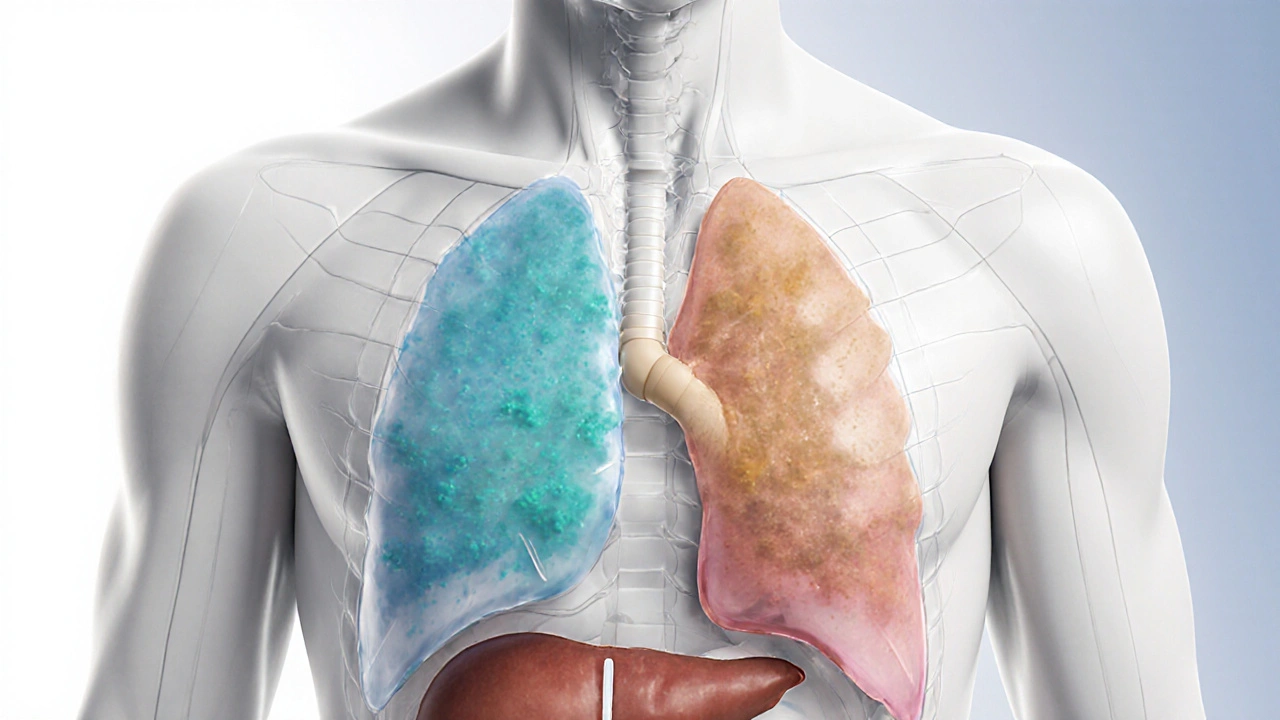Hodgkin lymphoma treatment: Options, side effects, and what works best
When someone is diagnosed with Hodgkin lymphoma, a type of cancer that starts in white blood cells called lymphocytes and spreads through the lymphatic system. Also known as Hodgkin's disease, it's one of the most treatable forms of lymphoma, especially when caught early. Unlike other lymphomas, Hodgkin lymphoma follows a more predictable path through the body, which makes targeted treatment possible.
Chemotherapy, a combination of drugs that kill fast-growing cancer cells is the first line of treatment for most patients. Regimens like ABVD (adriamycin, bleomycin, vinblastine, dacarbazine) are widely used because they’re effective and have manageable side effects. For some, especially those with advanced disease, BEACOPP may be chosen for stronger results—though it comes with higher risks. Radiation therapy, focused high-energy beams that destroy cancer cells in specific areas often follows chemo to clean up any remaining cancer in lymph nodes. This combo approach has pushed cure rates above 85% for early-stage cases.
Over the last decade, immunotherapy, treatments that help your own immune system recognize and attack cancer cells has changed the game. Drugs like pembrolizumab and nivolumab, which block proteins that stop immune cells from working, are now used when chemo fails or for patients who can’t tolerate it. These aren’t magic bullets—they can cause fatigue, rash, or even autoimmune reactions—but they’ve given new hope to people who ran out of options.
For those who relapse, a stem cell transplant, a procedure that replaces damaged bone marrow with healthy stem cells after high-dose chemo is often the next step. It’s intense, requires months of recovery, and carries infection risks, but for many, it’s the only path back to long-term remission.
What’s missing from most lists? The day-to-day reality. Fatigue doesn’t just go away after treatment ends. Nerve damage from chemo can linger. Fertility concerns aren’t always discussed upfront. And while survival stats look good, the emotional toll doesn’t show up in charts. That’s why the posts below cover real experiences: how people manage side effects at work, what to pack for hospital stays, how to talk to your kids about treatment, and which supplements actually help—or hurt—during recovery.
You’ll find comparisons of drug regimens, tips for avoiding infections during treatment, and honest takes on what works when standard options fail. This isn’t just about medical protocols—it’s about living through them.

Hodgkin's Disease Stages Explained: Symptoms, Treatment & Prognosis
Learn the four Hodgkin's disease stages, key symptoms, treatment options, and survival rates. A clear guide for patients and families navigating a Hodgkin lymphoma diagnosis.
October 3 2025